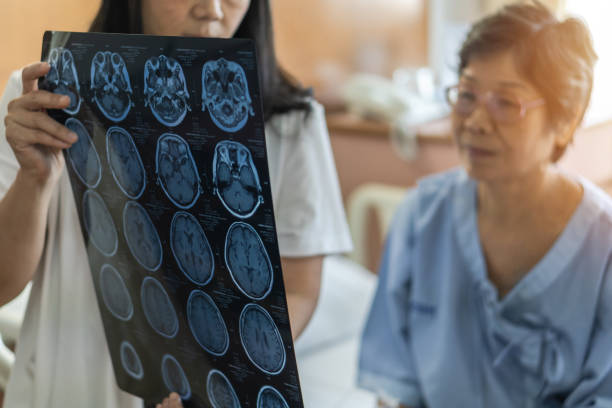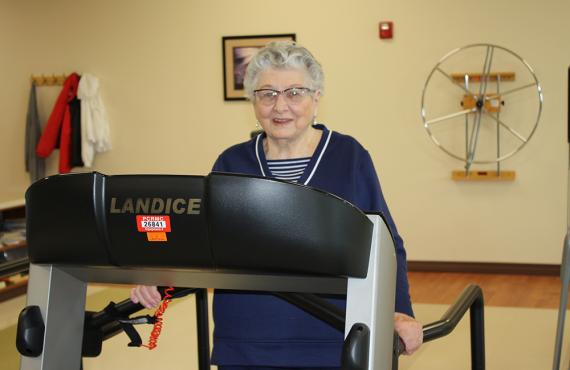Published on May 2, 2022

Read Time: Two Minutes
May is National Stroke Awareness Month, and what’s a better time than now to learn about the warning signs of stroke?
Stroke is the fifth leading cause of death and a leading cause of disability in the US.
A stroke is a type of brain injury that occurs when blood flow to or within an area of the brain is interrupted. When blood flow doesn't get to the brain, the brain's supply of oxygen and nutrients is cut off, which can cause affected brain cells to become damaged or die.
Strokes can be caused by a clot blocking blood flow to the brain (ischemic stroke) or by a blood vessel rupturing and preventing blood flow to the brain (hemorrhagic stroke).
To help you recognize the warning signs of a stroke, remember the acronym, FAST, which stands for Face, Arm, Speech, Time.
- Face drooping: Look for an uneven smile on the person’s face.
- Arm weakness: Check if one arm is weak or numb.
- Speech difficulty: Listen for slurred speech.
- Time to call 911: Call at the first sign of a stroke.
Other signs and symptoms of a stroke include the following:
- Seizure
- Double vision or vision loss
- Bleeding from nose or rectum
- Arm or leg feels warm, tender or painful
- Lightheadedness
- Shortness of breath
- Chest pain
- Coughing up blood
- Confusion
- Severe headache
- Loss of balance or coordination
A stroke can happen at any age and at any time, so knowing the symptoms of stroke and when to call for help are important.
Remembering the FAST warning signs for a stroke can help save a life. By recognizing signs of a stroke early on, a person can get the treatment they need more quickly. Early treatment leads to better survival rates and less chances for disability.
Did You Know?
Phelps Health has received the American Heart Association’s Silver Plus Get With The Guidelines®-Stroke Quality Achievement Award for their commitment to ensuring stroke patients receive the most appropriate treatment according to nationally recognized, research-based guidelines. Learn more.

